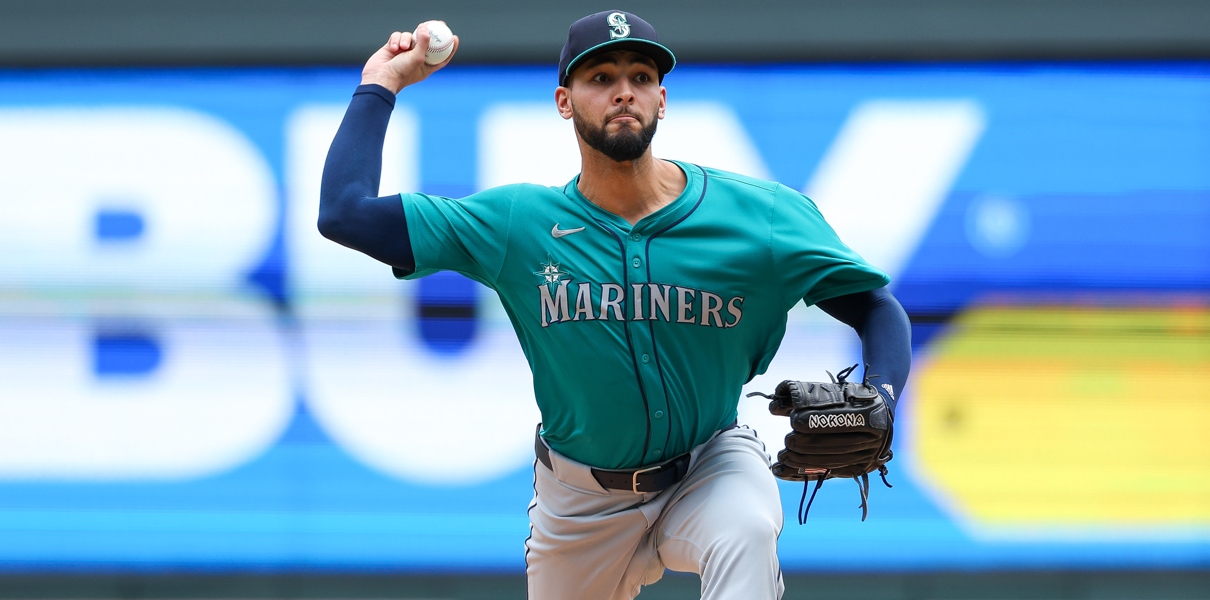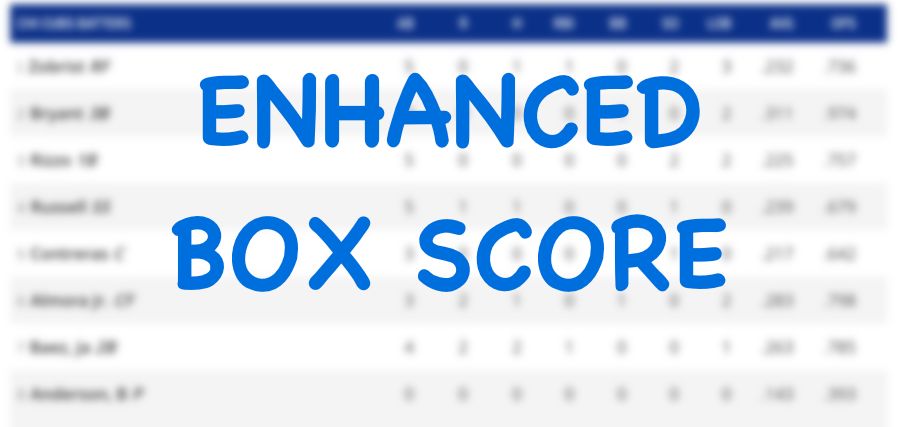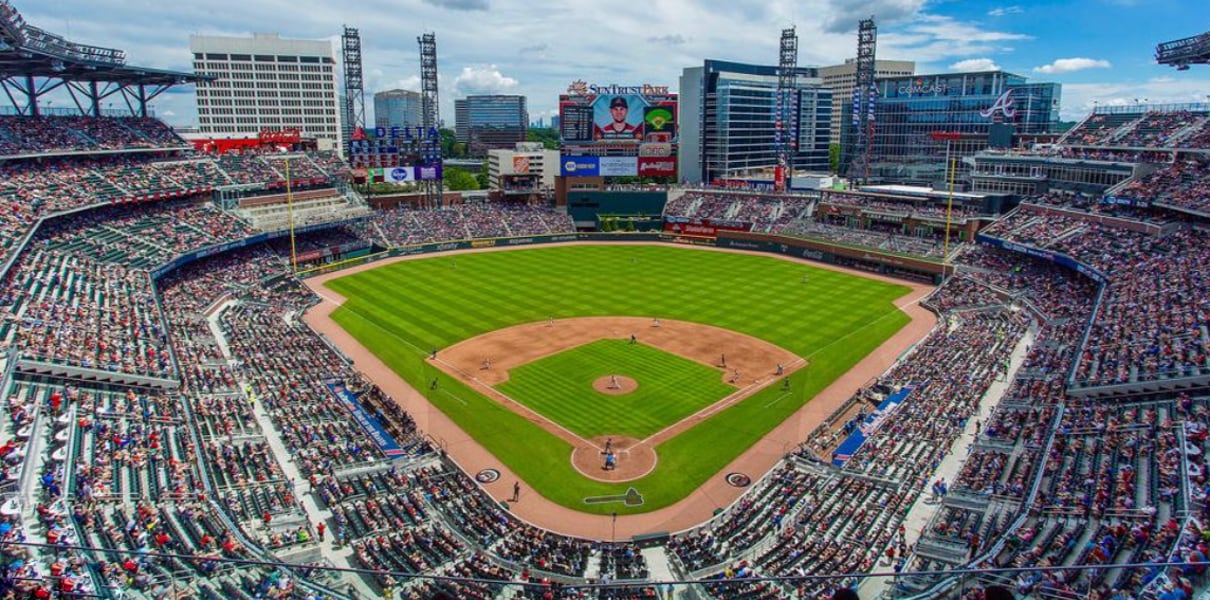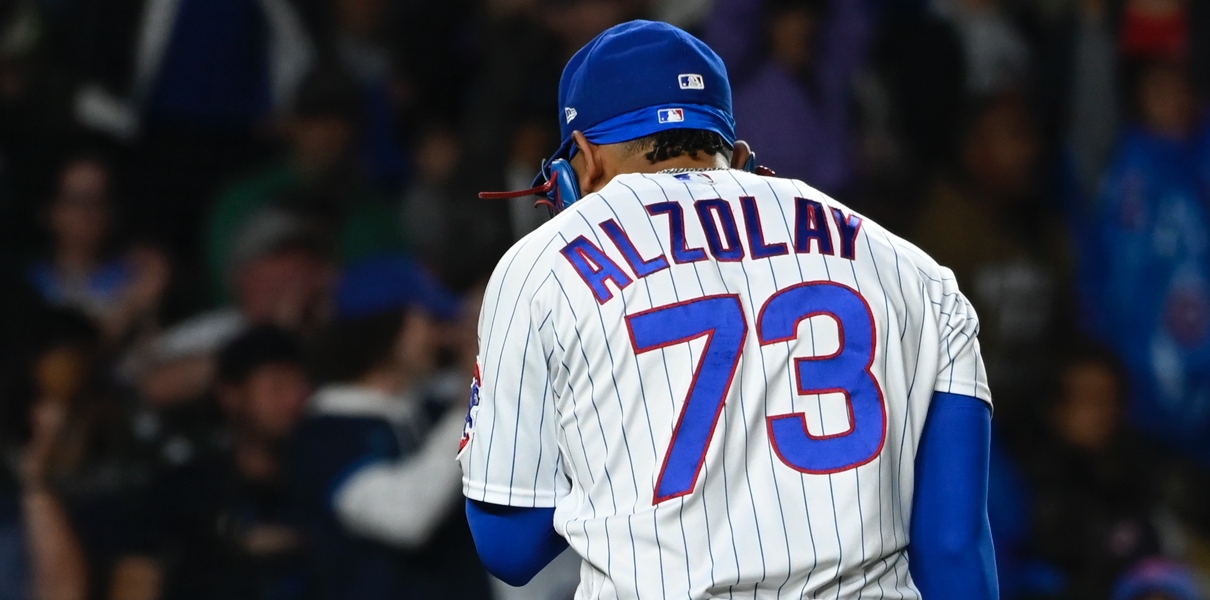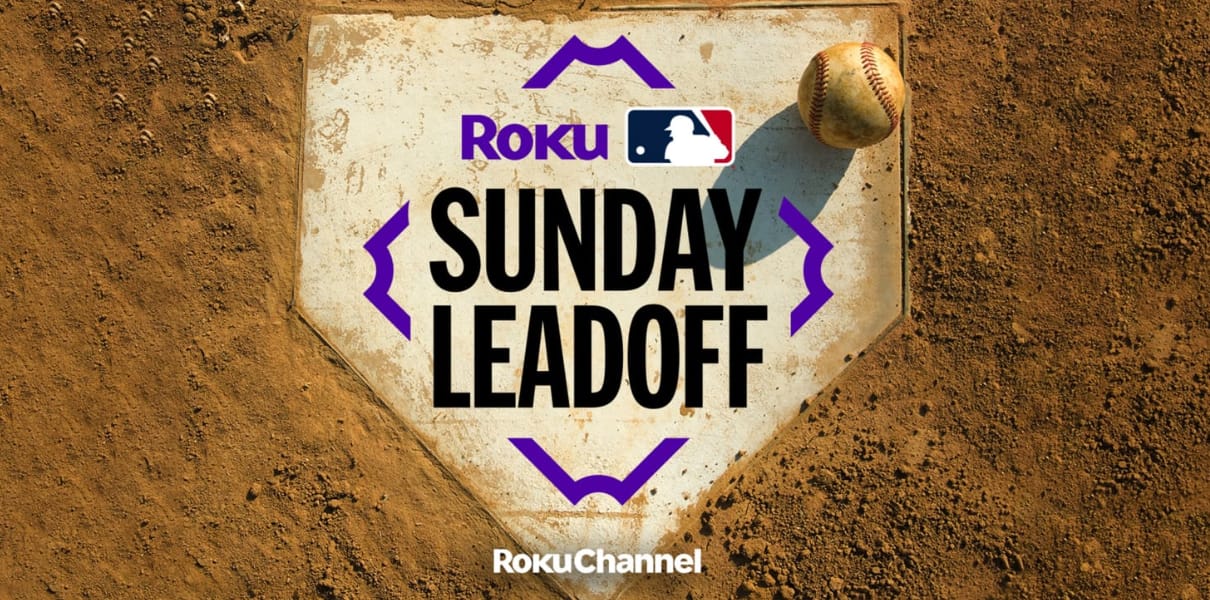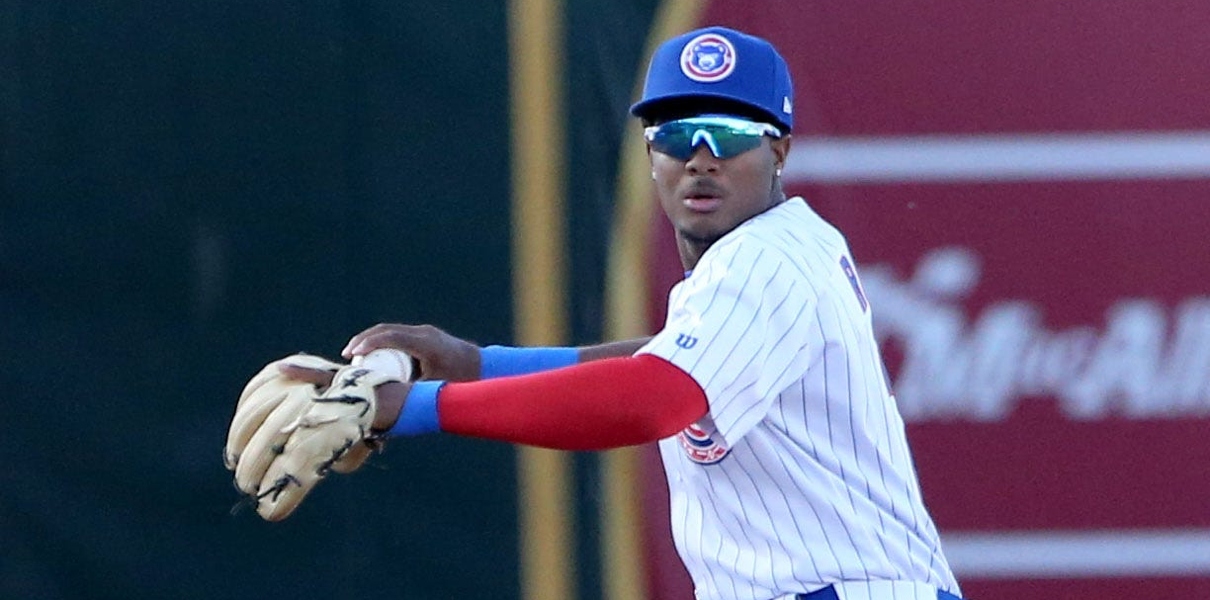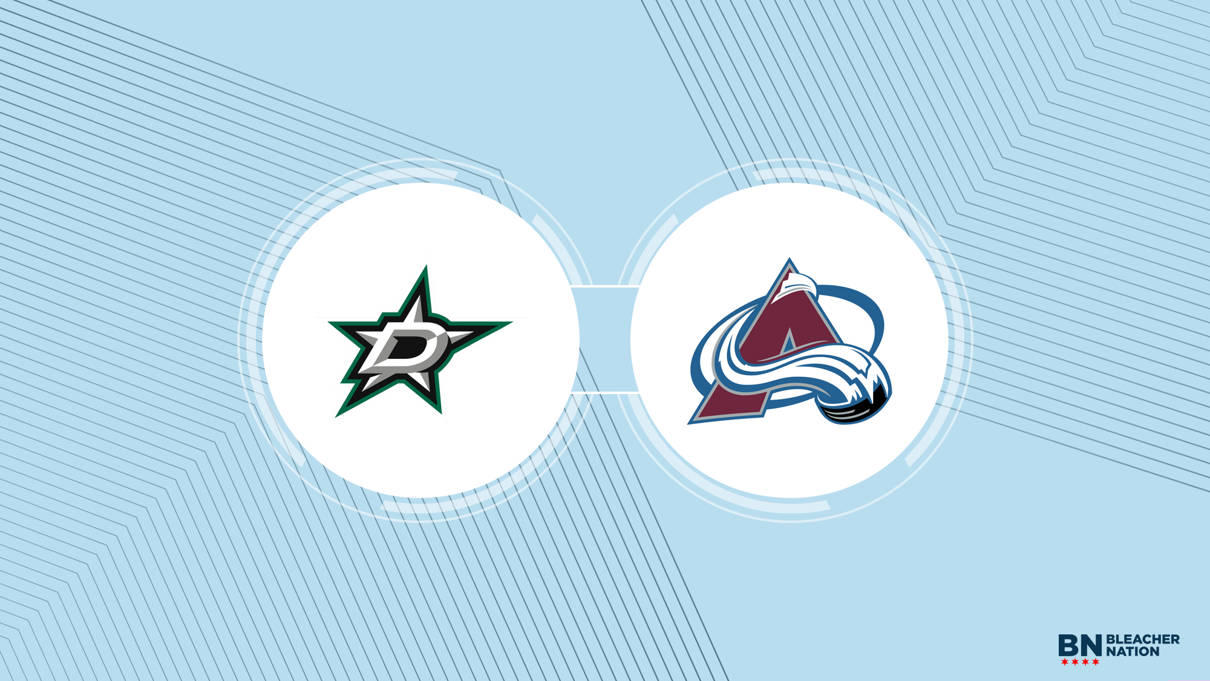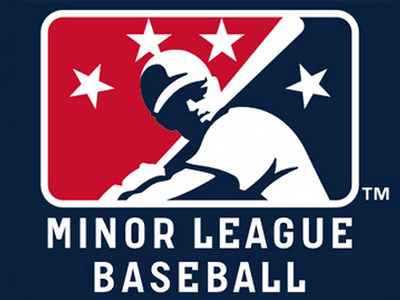
By the end of the five year window of this CBA, it wouldn’t be shocking to see the Cubs’ farm system rank to in or near the bottom five in all of baseball. That’s not a shot at the Cubs’ scouting and development crew, which figures to remain among the best in baseball. It’s just that this system appears to make it extremely difficult for large market, successful teams to acquire high quality amateur talent, and in many areas ensures that the large market team will always be at a (sometimes considerable) competitive disadvantage to smaller market teams. The Cubs can lessen the impact of the CBA to some degree by investing even more heavily into scouting and player development, but the only way they can maintain a consistently deep farm system that is able to continue to provide a steady stream of useful (if not impact) Major League talent is by guessing right at a higher rate than may be realistic. By design, the new CBA seems to prefer that the large market teams spend money on the big league payroll, and smaller market teams get the benefits of amateur player acquisition.
[adinserter block=”1″]
Fortunately for the Cubs, even as their ability to leverage their farm system heads into a steady decline, they will also be losing their purchase-imposed financial restrictions and should be gaining a hefty new revenue stream in the form of a new TV deal. That will certainly make it easier for the Cubs to get into bidding wars for multiple elite free agents, but they will be in those bidding wars with the other large market, successful teams who are also restricted by the new CBA. I think we are close to an era marked by the Yankees, Red Sox, Dodgers, and Cubs all fighting each other to offer nine digit contracts to the same free agents at the Winter Meetings on an annual basis.
It is certainly a very different picture than what we are used to seeing when we look at the Cubs’ roster building operations. Let’s dive into it by taking a closer look at each of the ways the Cubs can add talent.
The Amateur Draft
If the Cubs pick any higher than 20th or so in the first round over the next five years, something has gone wrong. That means the Cubs will have very limited access to impact talent in the draft, and they will also be working under relatively tight draft budgets thanks to the lower dollar amounts tied to picks low in the first round. If an injured but potentially impact prospect does start to slide, there is no guarantee the Cubs would have the financial bandwidth to sign him without incurring the penalties even if he was on the board when the Cubs picked. None of this is all that new.
What is new is that, after the 2017 draft, the Cubs will never be able to get an extra pick after the first round as a result of losing a free agent to whom they have made a Qualifying Offer. Under the old system, which is still governs the 2017 draft, the Cubs will get a pick after the first round as a result of losing Dexter Fowler to free agency. Under the new system, however, the highest that pick could be is after the second round, and it may well be after the fourth round.
[adinserter block=”2″]
The Cubs will never be one of the fifteen smallest markets in baseball, so they will never receive a pick after the first round under the new CBA. They will only receive a pick after the second round if the departing player signs a contract for more than $50 million (Fowler seems like a good bet to get that). Any contract under $50 million would result in a pick after the fourth round.
Suppose, then, that the Cubs make Qualifying Offers to Jake Arrieta and Wade Davis after the 2017 season, and that both sign elsewhere for large contracts. The Cubs would get two extra picks after the second round – likely somewhere in the 65 to 80 range. It is possible to find quality prospects with major league potential in that range; Victor Caratini and Jake Hannemann were both drafted around that area, for example. What is more difficult is finding impact talent in that range. And the bonus pool slots associated with those picks were well under $1 million in 2016, so there’s not a whole lot of assistance there, either.
In other words, for the Cubs, there is a significantly reduced benefit from draft pick compensation as a result of the new CBA.
Fortunately, the penalty for signing a qualified free agent is also less. Unless the Cubs go over the luxury tax threshhold (something I do not expect, at least until their spending restrictions are gone and the TV money is flowing in), the Cubs would lose a second round pick and lose $500,000 from their IFA pool (when reading through the terms of the CBA, Cubs generally fall into the “All other Clubs” category). Signing a second QO Free Agent would cost them their next highest pick, and so forth.
So, to stay with our post 2017 example, suppose the Cubs sign – arbitrarily chosen names! – Alex Cobb and Seung-Hwan Oh, and that both players were offered Qualifying Offers. The Cubs draft would then look like this:
First Round – Pick
Second Round – Lost for Cobb
Compensation for Arrieta – Lost for Oh
Compensation for Davis – Pick
Third Round – Pick
The fact that the first round pick is secure does make this a better system for the Cubs than the old CBA, but it also a system that will make it more difficult to stock up on high draft picks. And since the Cubs should never be picking higher than the back of the first round, the draft is only really an avenue to add quality talent. It will be rare for the Cubs to find impact players in the draft under this CBA.
[adinserter block=”3″]
The Rule 5 Draft
This was effectively unchanged. Teams will have to pay $100,000 to draft a player instead of $50,000, but that is the only alteration for our purposes. The Cubs can take a shot on players here, but they will have to keep that player on the 25 man roster. It is much easier for a rebuilding team to stash a Rule 5 guy than it is for a contending team, but if the Cubs can find a way to do it they could find another Hector Rondon. Odds are good, though, that this will not be an avenue for the Cubs to add impact talent.
International Free Agency
This gets complex. On the one hand, the playing field is more level now than it was under the old system. On the other hand, once again the rules are set in such a way that the Cubs will always operate at a disadvantage.
First off, if you haven’t already, read through Ben Badler’s excellent break down of the new IFA rules.
Since the Cubs do not qualify for the Competitive Balance Rounds of the draft, the Cubs will never have an IFA spending cap over $4.75 million. Unfortunately, they will lose $500,000 for every QO Free Agent they signed the previous offseason.
Teams that do qualify for the Competitive Balance draft, smaller markets based on size and/or revenue, will receive a $5.25 or $5.75 million cap.
The old slotting guidelines appear to be gone; that means teams can trade their excess money in any amount with any other team. Formerly you could only trade excess dollars in the increments of the slot guidelines. That does mean trading (or obtaining) extra cap room should be easier.
The down side is that cap space cannot be traded until July 2 (when the IFA period opens), and that teams can acquire only 75% of their original cap. The Cubs, if they max out their trade allotment every year and never incur penalties, can never have a budget over about $8.3 million. That’s not bad at all. The best IFA prospects tend to pull bonuses in the two to four million range (with a few very notable exceptions), so starting at $4.75m with the possibility of reaching $8.3m gives the Cubs a fair bit of flexibility.
Unfortunately, they will never be able to outbid some of the biggest players in the International Free Agent arena, including the Rays and Padres. The teams with caps of $5.25m or $5.75m can also trade for additional cap space, but their theoretical max is just over $10m.
[adinserter block=”4″]
Also, no one can ever exceed their cap. Breaking the cap is flatly banned, and the league office has the power to impose very harsh penalties that can last for years on any team tries. I don’t think anyone will try it.
Had this system been in place for the past few years, the Red Sox would probably have been unable to trade for Chris Sale. One of the keys to that trade was Yoan Moncada, and the Red Sox were able to sign Moncada simply by ignoring their restrictions and piling up millions until he agreed to a deal worth thirty one of them. Under the new system, the Red Sox, like the Cubs, could not have gone over $8.3m (assuming they signed no one else), leaving plenty of room for smaller market teams (like the Rays or Padres) to close the deal in the $9m to $10m range. Moncada would likely have gone to a smaller market team (which seems to be what the CBA intends), and the Sox would either have had to include Andrew Benintendi in the deal or, more likely, lose Sale to another team.
That teams will be able to compete more evenly for IFA prospects does open the door for the Cubs to gain a bit of an edge via scouting. The very best players will go for premium prices with everyone bidding for them, but the players in the next tier down will be found at a higher rate by teams with better scouting operations. If the Cubs continue to invest in this area, it is reasonable to think they will find a few more potential impact guys from the IFA process than most other teams will.
That is just about the only edge for the Cubs I can find under this CBA, and I don’t know if it will be a significant one.
Cuban and Japanese Prospects
Under the old CBA, any player who was 23 was exempt from the signing caps. Under the CBA, the magic age is 25. Shohei Otani is the first big name to be hit by this, but he won’t be the last. If Otani (and future players in a simlar situation) wait until they are 25, then the Cubs will have the edge of their higher payroll and will be able to compete with the other teams with the sky as the only limit. Otherwise, the Cubs will be artificially capped at $8.3m and will never, no matter what they do, be able to outbid smaller markets who simply have a higher cap. That doesn’t mean the Cubs can’t sign the very best players from Cuba and Japan anymore, but it does mean those players will either be older when they arrive, or the Cubs will have to find a way to market themselves to that player despite being able to put fewer dollars on the table.
Historically, free agents tend to sign with the team that offers them the most.
[adinserter block=”5″]
Free Agency
Not a lot changed here. Teams are greatly incentivized to stay under the luxury tax threshold, and teams who sign qualified free agents will lose IFA cap space as well as a draft pick (or two, if the team is over the luxury cap), but that’s about it.
Of course, with high revenue teams being hampered in their pursuit of amateur talent by the new CBA rules, they will likely be competing all the harder for young impact major league players who reach free agency. The bidding war for Bryce Harper after 2018 was going to be amazing to watch anyway, and this CBA may add just a bit more fuel to that fire.
Trades
The long term impact of this CBA on the trade market will definitely take a while to be fully understood, particularly with regard to the new valuation on IFA cap space, but already we can project some changes that are likely as a result.
One of them we just witnessed in Kansas City. Given that the best a team can do for losing a QO Free Agent is a pick after the second round (unless they are a small market team and the player signs for over $50m), it probably makes more sense to trade that player before they hit free agency if the player cannot be resigned or extended. A post-second round pick has value, but it does little to offset the loss of a free agent worthy of a qualifying offer.
For the Cubs, who will never receive an extra first round pick under any scenario, this probably means they will try even harder to extend every part of their young core before they get to free agency. And if a player cannot be extend, and if there is a likelihood of finding a replacement for him somewhere else on the roster, then we may actually see the Cubs trade a member of their core before the final year of the deal rather lose him for nothing but a post-second round pick.
Or, and this seems much more likely, the Cubs could benefit from other teams (like Kansas City) following that thinking by trading for players one year away from free agency. They would only be able to do so to a limited degree, though, because the Cubs will have a harder time restocking the farm system with players to trade for those almost free agents, and the post-second round pick they would receive for losing the player to free agency won’t really help restock the system to any great degree.
Unless, that is, the trade price of players one year away from free agency goes down. More likely, I think, will be a scenario in which more teams on the fringe of contention attempt to trade for future qualifying-offer-type players in their last year before free agency as a lower dollar way of adding reinforcements. I won’t say we’ll see a bidding war, but I would not be surprised if the trade value of these players climbs steadily for the next five years.
Maintaining The Cubs
Fortunately the Cubs have a young core in the majors, mostly through about 2022. At least as far as bats go. On the pitching side, they are in great shape for 2017, but have some notable holes appearing immediately thereafter. I think they can safely assume the farm system will produce some solid middle of the rotation and middle reliever or setup candidates over the next few years, but I don’t think they can bank on elite closers or front of the rotation starters. The potential is certainly there in a couple of prospects, but pitching prospects are the most volatile group in baseball. The Cubs can’t really count on having a replacement for Arrieta or Davis come from within until it has already happened.
That means the Cubs will need to spend to shore up their pitching, quite probably on an annual basis. Offseason spending totals comfortably in the nine digit range may well become the norm, after this year, for the rest of the decade, if the Cubs want to keep extending their competitive window. And some of those contracts are going to be a lot higher than the Cubs like. One goal of the CBA was to push dollars into the hands of Major League players (via contracts) by closing or restricting other avenues for teams to spend on talent. Combine that with the every higher revenues flooding into baseball, and the stage is set for contract values to skyrocket in the next few years.
Trades are probably going to become an even more cost effective way of acquiring talent than they are now, but trades typically require high end prospects to trade. The Cubs have enough in the farm system now for one very significant trade, maybe two if they are lucky, and I wouldn’t bet against the development of players currently in the low levels of the system opening the door to another potential major trade post 2018, but that’s about it. Unless they can find a way to acquire impact amateur talent, the sort of talent that has to go the other way if the Cubs are going to be able to deal for a player like Sale or Chris Archer, the ability of the Cubs to make that sort of trade over the next few years is very limited. The system is deep in talent, but most of the impact talent has graduated or been dealt already.
The Cubs will be able to make plenty of trades for second division regulars, bench help, non-elite middle relievers, back of the rotation starters, and so forth. Of course, those are exactly the roles I’d hope the farm system will be filling anyway. Acquiring elite Major League players requires impact prospects, and on that front the Cubs are both limited in their budget and in their ability to acquire more impact prospects to trade.
And that is how the Cubs could wind up with a farm system ranked in or near the bottom five by the end of this CBA. The competitive disadvantage they face in every avenue of adding potential impact amateur talent on the one hand, and the need to spend what impact prospects they have left to reinforce their roster (particularly the pitching) on the other hand, is going to drain talent from the system faster than they can realistically add it. As the ability to acquire high end players with prospects declines, though, the ability to acquire that class of player with dollars should increase as the TV deal comes online.
As a result, by the time 2021 rolls around, it’s entirely possible that the Cubs are going to be a team known more for (smartly) throwing dollars around in free agency than promoting and building from within.
Hopefully the next CBA will remove the artificial limitations on high revenue teams in the IFA arena and will finally make all draft picks tradable. Those two changes would effectively level the playing field and allow a high revenue, bad draft pick teams like the Cubs to add some high end amateur talent without having to completely tank a season or two to do so.
In the meantime, the stage is set for free agent contracts to reach some very impressive totals and, as a result, for the Winter Meetings to become even more entertaining than ever.







